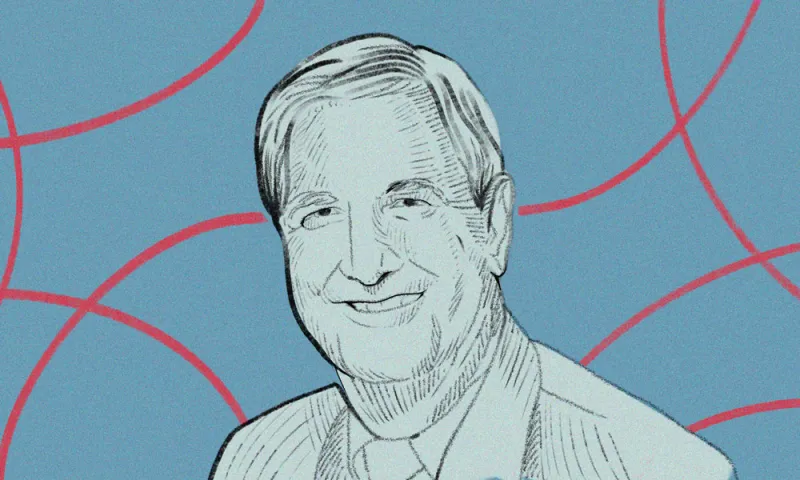After years of paring down the Public Employee Retirement System of Idaho’s portfolio, chief investment officer Bob Maynard is focused on trying not to “goof it up.”
He doesn’t have much longer to do so: In September 2022, Maynard is set to retire after 30 years with the $24 billion fund. Ahead of his retirement, Maynard spoke to Institutional Investor about what it was like to take the pension from one of the worst-performing in its peer class to a top-quartile fund.
Maynard’s background is not in investing, but rather in law. He worked as an attorney in Alaska in the ’70s, “right as they were striking oil,” and eventually landed a spot in the newly formed Alaska Permanent Fund’s investment office. To hear Maynard tell it, it was an exciting time in investing: In the mid-1980s, currencies, emerging markets, and real estate were all new investment possibilities.
At Alaska Permanent, Maynard was able to learn from investment experts like Fischer Scholes, who lends his name to the Black-Scholes model, which is used to price options and other derivatives. Scholes, a Goldman Sachs employee at the time, worked one-on-one with Maynard for about a year, walking him through currency hedging and advocating for a model of investing that breaks down concepts into their smallest parts.
“Once you walk into that way of looking at the world, it simplifies a lot of the issues that you face in the capital markets,” Maynard said. “And so, when I came [to PERSI], a lot of the issues that were faced here at the time were relatively easy to address and to solve.”
The Idaho retirement fund was “in absolutely terrible shape,” when Maynard joined in 1992, he said, adding that it was the lowest-ranked among public pension peers. As PERSI’s fourth investment chief in four years, Maynard had to make sense of the hodge-podge portfolio those CIOs — and a prior outsourced CIO — had left behind.
“The chair and the board basically said to me, ‘Look, we don't want to be at the bottom. Just get us in the pack and don’t goof up,’” Maynard recalled. He joined at a good time: The state legislature had passed laws that helped improve the fund’s liabilities, and the board members were completely new.
So Maynard got to work, putting into place some basic principles that still guide the investment strategy today. “We want to be simple,” Maynard said. “We want to be transparent. We want to be focused. And we want to be patient.”
The early changes Maynard made included increasing the fund’s equity allocation policy from 60 percent to 70 percent. He also moved investments into more passive assets, shaping the fund into one defined by what it doesn’t do.
“We don’t follow any of the endowment model,” Maynard said. “We don’t do any of the risk parity, risk budgeting, or risk sleeves... We don’t do frontier markets.”
The list is longer: PERSI has no specialty high-yield bonds, bank loans, commodities, real assets, or leveraged loan convertibles in its portfolio. The fund won’t use factor investing, smart beta, or portable alpha strategies. And it certainly won’t bring investments in-house.
Maynard even stripped PERSI of its currency hedging program, despite that being one of his main areas of expertise. If the strategy underperformed, PERSI would not only lose money, but also time due to the strategy’s complexity.
According to Maynard, the portfolio changes worked: PERSI’s funded status improved, as did its performance. As of June 30, 2021, PERSI’s fiscal year return was 27.9 percent while its 25-year return was 8.3 percent, each beating the fund’s benchmark.
“It’s not investing genius,” Maynard said. “It’s simply the basic principles do work over time.”







